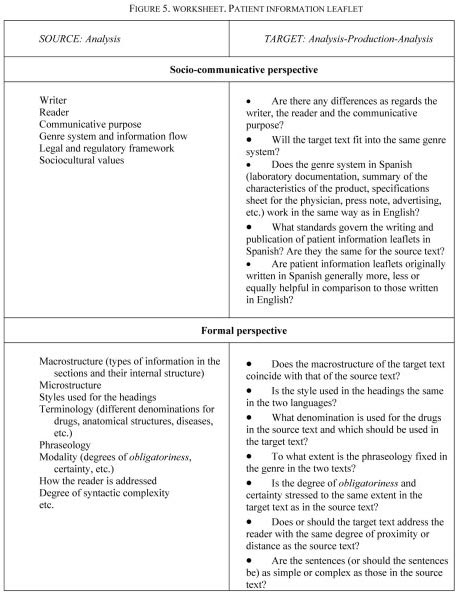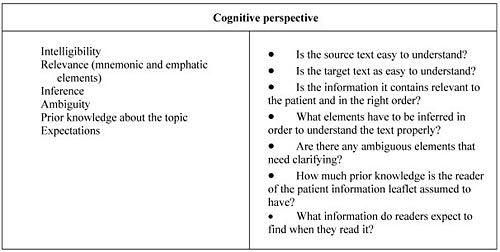
- •Lecture 3. Teaching Translation of Text Types with mt Error Analysis and Post-mt Editing
- •1. Introduction
- •2. Text Types
- •3. Mt Errors and Post-mt Editing
- •4. Methodology
- •5. Findings. Students' mt error statistics
- •6. Using mt error analysis to identify text types
- •7. Learning dominant linguistic features of the three text types
- •8. Awareness of the relevance of text types to translation
- •1. Premises
- •2. Translation competence and its acquisition or concepts and misconceptions about translator training
- •4. Questionnaires
- •5. Forum
- •6. Learners' assessment
- •7. Achievements and limits of pedagogic technology
- •1. Introduction
- •1. Introduction
- •3. Corpora and trainee translator’s professional prospect
- •4. The Present Picture
- •5. Ailing System of Teaching Translation in Universities
- •6. Major Weaknesses of Translation Teaching at Universities
- •7. The Necessity of Viewing Translation as a Learning Process
- •Importance of Testing
- •1. Introduction
- •Introduction
- •2. Translation competence
- •3. The concept of text genre
- •4. Relation between the text genre and the different sub-competencies of tc
- •5. Teaching proposal
- •6. Conclusion
5. Teaching proposal
The worksheet below is presented as an example of the possible ways everything we have outlined above could be applied to teaching. For this example we have taken the case of the patient information leaflet. This genre from the field of medical text translation is a very routine case that is characterized by the fact that it varies very little from one culture to another. The column on the left shows the areas that can be taken into consideration in the analysis for the translation of source texts. The right-hand column shows a list of issues that genre competence can help the budding translator to resolve and which are directly related to the acquisition of translation competence.


6. Conclusion
Finally, we can conclude by stating that there does seem to be a certain amount of convergence between the proposed definitions of translation competence and the theory of text genres.
In this regard, we suggest that text genre can be a very useful educational aid when it comes to planning and carrying out the teaching of specialized translation; this is particularly true in the case of developing communicative and textual competence, but, as we have seen, can be extended to other translation competencies.
Lastly the proposal we have outlined in this lecture can be useful not only for developing translation competence but also in the development of other skills used by a translator or linguistic mediator in his /her professional practice (writing, correcting, proofreading, etc.) which involve any of the abilities and knowledge proposed in the definition of the concepts that have been considered here.
